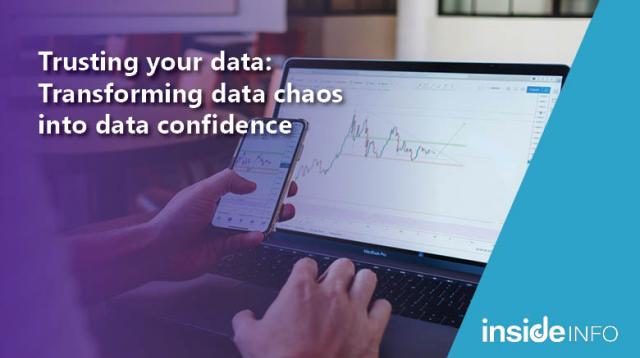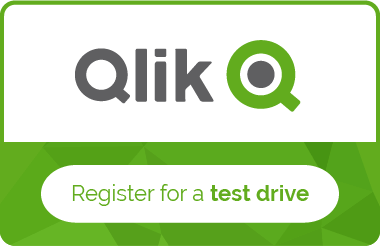
It's one of the busiest times of year for retailers, with Australian retailers expected to drive billions of dollars on Boxing Day alone. Keeping track of what items were sold on Boxing Day or any day of the week for that matter, which items were purchased together in a transaction or how to find loss in retail is critical and has always been a challenge for many. But times have well and truly changed, and this month Amazon has completely revolutionised the retail game with the announcement of its new physical grocery store concept, Amazon Go. For consumers, shopping won’t ever be the same again, thanks to the blend of digital, Internet of Things (IoT) and mobile technology.
So, what is this new shopping concept? Amazon has created the world’s most technologically advanced retail experience that means shoppers will never have to wait in line again. Enabled through the Amazon Go app, you simply enter the store, take the products you want and go! No lines, no checkout.
The convenience and ease of payment are obviously a huge plus for time-starved consumers. This new technology-driven, physical store concept will shift retail into a new paradigm - pushing us away from the previously innovative concepts of self-service checkouts, hand-held scanners and mobile cashless payments. But it is not just the new consumer experience that's exciting, it's also about how much Amazon will be able to learn about consumer shopping habits by using digital, mobile and IoT technology. A recent study by Management Events across 11 countries on the growth of IoT suggested that 30% of organisations will invest in IoT by 2019 as a technology priority - seconded only to analytics.
Amazon Go will be using IoT for its ‘just walk out’ technology where consumers scan their phones using an application entering the store which then automatically detects when products are taken from or returned to the shelves, and tracks them in a virtual cart based system, using IoT sensors embedded into their shelves. This opens up the opportunity for Amazon to analyse with laser precision the shopping habits right from the shelf edge. From the order consumers put items into their shopping bags, the exact time (to the millisecond) items were picked off the shelf, Amazon will know more about the buyer's journey. That also includes which of their products have the largest affinity, how long consumers spent in the store, and the step-by-step journey they took to complete their shopping.
Retailers have been analysing market-basket purchases for many years now whilst continually trying to understand product shelf availability. But by taking advantage of IoT capability such as sensors, digital cameras and mobile technology, the industry is ready to uncover a much deeper level of insight. Once you've got that data, Qlik's visual analytics platform enables IoT data to be associated with other traditional data sources, to help discover new insights into shopping behaviour. Qlik puts this insight into the hands of every employee in a simple to use self-service model to make the most of that data to better inform business practices, customer experiences and other business decisions. Amazon Go is being trialled now by Amazon employees in Seattle and is set to open to the public early 2017.






